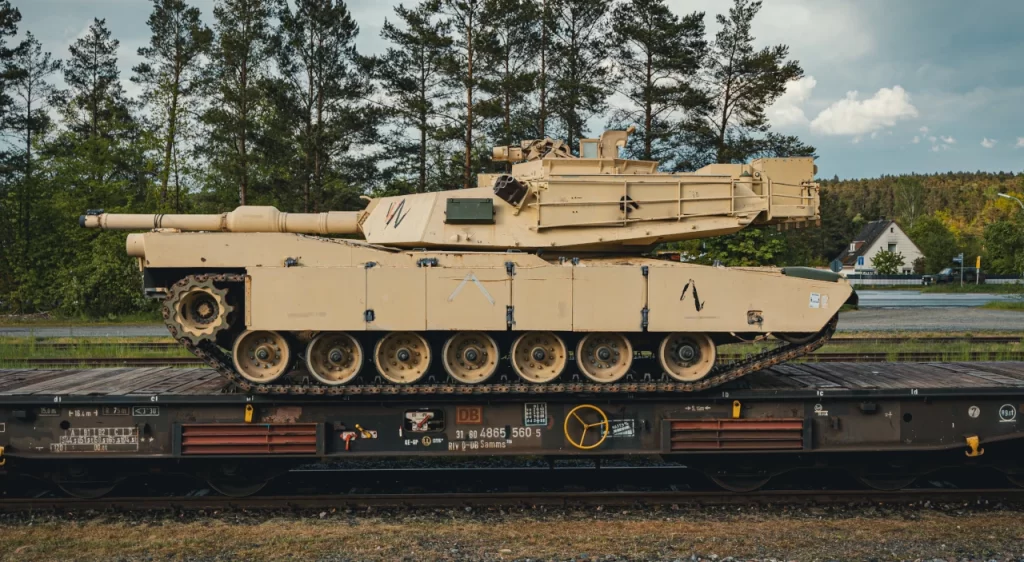It is a certainty that the controversial uranium armor on American tanks has been the subject of at least one conversation. Opinions regarding this form of protection are frequently divisive on the internet. Uranium armor is considered a technological marvel by some, as it provides the personnel with nearly flawless protection. Others have criticized it for the radiation hazard it poses to the environment and the crew, even during periods of peace. Nevertheless, the fact remains that this form of protection is exclusively employed by Americans as of the first quarter of the 21st century. Therefore, what is the limit, and is uranium armor truly as detrimental as some contend?
Uranium armor for tanks was actively being developed in numerous countries, including the Soviet Union and West Germany, at one point. Nevertheless, uranium plates were the sole option for the United States by the end of the 20th century. They continue to be the exclusive operators of uranium-armored vehicles. Even the Germans, who had previously harbored lofty expectations for uranium, ultimately opted for tungsten carbide. There are three variants of uranium armor for tanks that are currently known in the United States: one UO87 version and two UO100 versions. This work was ongoing for many years.

The initial iteration of uranium armor, UO87, was essentially composed of bare uranium sheets. Nevertheless, the UO100’s second and third generations were encased in a titanium shell and coated with a specialized graphite layer. The second and third generation plates are nearly identical to the first-generation plates in terms of their protective properties. Nevertheless, the more recent variants are significantly more “clean” than their predecessor, the UO87. It is important to note that the introduction of UO100 was primarily motivated by the unfavorable reality that the number of cancer cases among American tank crews increased considerably following the implementation of the new protection. Depleted uranium plates are, of course, not nearly as “dirty” as nuclear fuel; however, even protracted exposure to minimal radiation was sufficient to impact the health of the tank crews.
Therefore, what are the advantages of uranium armor? To begin with, uranium armor is highly durable and dense, offering exceptional defense against copper-based shaped charges and kinetic projectiles. Furthermore, the fabrication of uranium armor is a highly cost-effective industrial process. Nevertheless, uranium armor has severe disadvantages, even when the radiation factor is disregarded, despite these substantial advantages. For instance, tantalum warheads in shaped charges render uranium armor ineffective. Uranium armor has a mass that is twice that of steel armor. Therefore, 1 mm of uranium armor is equivalent to 2.4 mm of steel armor against kinetic projectiles, 4.5 mm of steel armor against copper-shaped charges, and only 1.7 mm of steel armor against tantalum. Thus, the armor’s efficacy and mass are not in harmony, which is a significant deficiency.
Uranium armor undergoes oxidation in addition to its radioactivity, relative inefficiency, and high mass. With appropriate maintenance, steel and tungsten armor can endure for over a century. Nevertheless, uranium plates must be replaced every 20–25 years, regardless of whether the canister is in long-term storage. This happens as a result of the gradual degradation of depleted uranium, which results in the oxidation of any other materials that come into contact with the protective structure. Consequently, tungsten carbide armor is in a more advantageous position when all factors are taken into account, despite its higher cost and mass, than depleted uranium armor.
